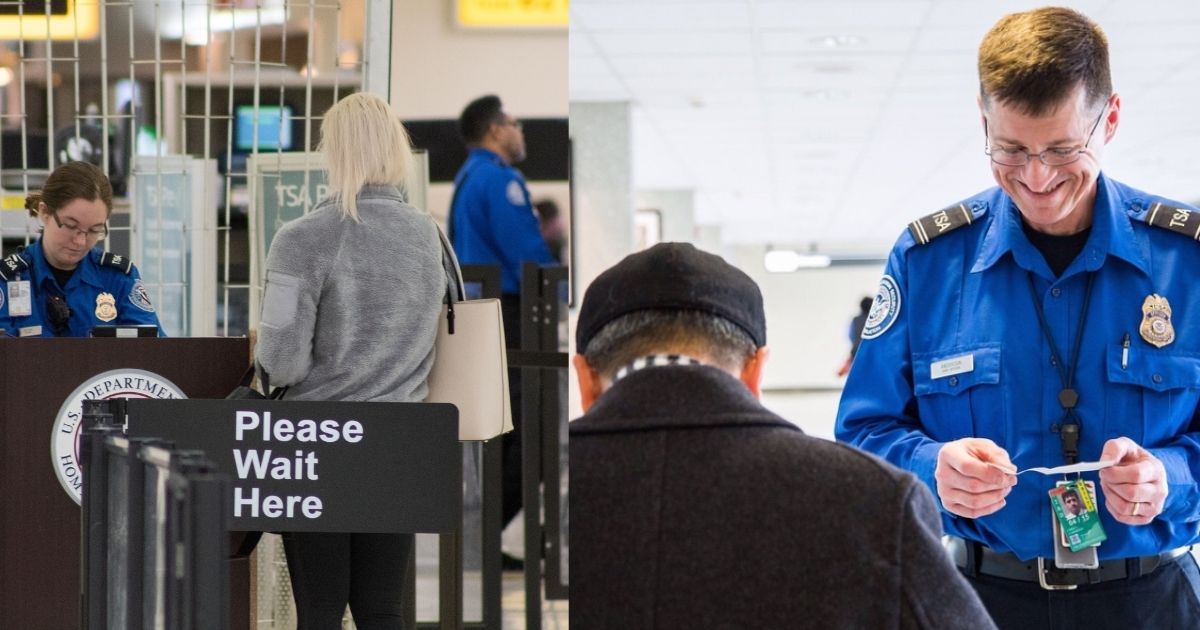There will be a significant change in TSA policy in the next few days. The Transport Security Administration is ushering in a new era of airport security for American visitors. One of the most historical TSA policies is that of the stringent 3.4-ounce liquid limit. They are now easing those regulations at a few airports. They will be bringing a new level of convenience to travelers.
The decision to change this policy is not sudden or random. It is the result of recent technological developments. These developments allow for increased passenger flexibility while maintaining security.
The TSA’s approach to liquid limitations is about to change due to recent developments in computed tomography (CT) scanning technology. The agency has gotten its hands on next-generation scanners. This has enhanced its capacity to identify dangers like explosives or illegal materials. These scanners provide detailed 3D photographs of the contents of carry-on luggage.
This has increased visibility at the airport security. TSA personnel no longer have to rely only on conventional liquid limitations. Due to this new process, previously prohibited or severely restricted commodities are now being allowed. There are several liquid materials that are not considered dangerous anymore.
2: If it’s slightly melted, slushy or there’s liquid in the bottom of the container, it must be 3.4oz or less. For more info, pls visit: https://t.co/0nhapcW6Vs
— TSA (@TSA) May 4, 2025
The TSA has also changed its regulations to permit a wider variety of products in carry-on luggage. This list got bigger due to the introduction of new scanners. Now that TSA is ready to deviate from its conventional 3.4-ounce liquid rule, travelers will be able to carry more stuff with them. The following items are now allowed to be carried by passengers at participating airports without volume restrictions:
Prescription and over-the-counter drugs. These include any drugs that come in liquid, gel, or aerosol form.
Ice packs, gel packs, and other cooling supplies. These supplies, when needed for medical reasons, are allowed to be carried.
Infant and Toddler Needs: Parents will be able to carry unrestricted amounts of food and beverages for their kids. Breast milk, infant formula, and water-filled teething toys are now allowed.
Traveling scientists or pet owners will be able to carry live fish in water and biological specimens in tamper-evident bags. TSA will also allow fresh eggs, wet batteries, and duty-free alcohol.
These are examples of specialty items.
Among all passengers, families with small children and overseas travelers will benefit the most from these policies. Travelers and tourists will be able to carry duty-free items. Passengers with particular medical needs will all benefit from these significant policy changes.
As revolutionary as this policy is, passengers from only a few airports will be able to carry these items. Only a few U.S. airports have fully adopted the new CT scanning equipment. Currently, passengers flying out of the following major airports will take advantage of the loosened liquid restrictions:
Atlanta International Airport, Hartsfield-Jackson (ATL)
New York’s John F. Kennedy International Airport (JFK)
Airport at Los Angeles International (LAX)
However, there are still some suggestions for the passengers. Before proceeding to security, travelers departing from these hubs are advised to check with TSA agents. This is to be sure that the airport actually offers these facilities.
Laptops, cell phones, power banks, gaming devices, e-cigarettes… these common items are often powered by lithium batteries and must be with you in the aircraft cabin, not in your checked bag. Learn about other dangerous goods and how to #PackSafe at https://t.co/luKoFwq334.… pic.twitter.com/nnjtcuKUTp
— The FAA ✈️ (@FAANews) March 21, 2025
As of now, only a few airports with improved screening equipment are covered by this regulation change. Soon, other airports will follow suit. Travelers will be able to enjoy a comparable degree of freedom in terms of what they can bring to more airports. Until then, travelers leaving from other airports without the scanners must adhere to the established 3.4-ounce liquid limit.
There is another rule that goes into effect on March 1, 2025. This prohibits power banks in checked bags. They are now required to be packed in carry-on luggage.
Travellers should be careful and not carry their power banks in the checked in baggages. It might cause them to lose it at the TSA and can cause them getting delayed too. The best way to travel is to be aware of all the rules and regulations. One of this rules is to carry REAL ids too.
⚠️ Starting Wed., May 7
Travelers MUST present REAL ID or other acceptable IDs at @TSA checkpoint. Other valid IDs include US passport. More info: https://t.co/EFtyhb1SjP
No REAL ID? Expect delays, additional screening and, possibly, denied entry. pic.twitter.com/YfPStX34QB
— Hollywood Burbank ✈️ (@fly_BUR) May 5, 2025
Technology is setting the standard for a more convenient and safe air travel experience as the industry develops. Will you soon be departing from one of the renovated airports?













